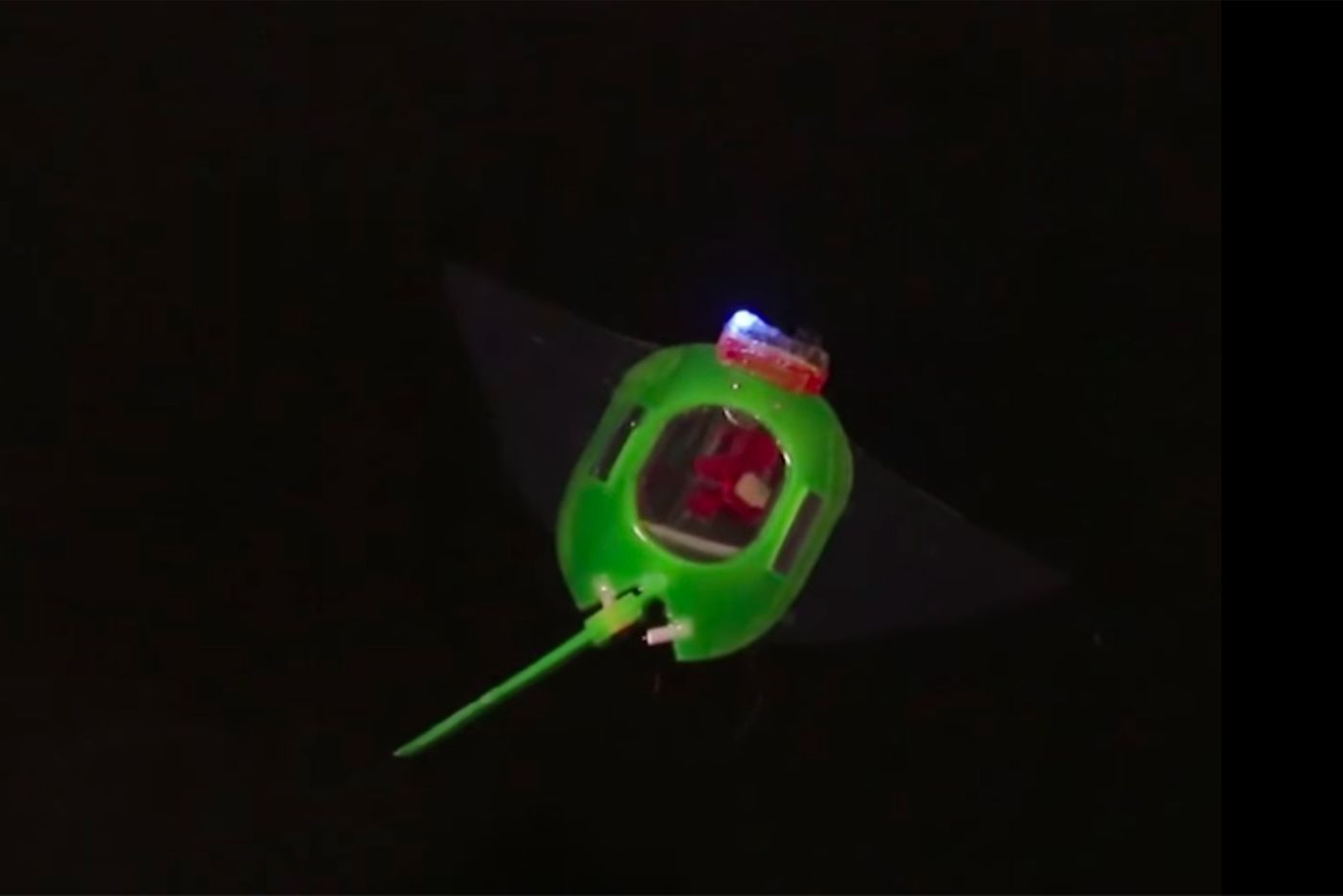Manta Ray-Like Robot is Both Fast and Soft to the Touch
Exploring certain parts of the ocean to better understand the wildlife that inhabits them can be troublesome, especially around coral reefs where the structures are very brittle and man-made underwater exploration devices can often damage the delicate living spaces.
On the other hand, researchers from Zhejiang University in Hangzhou, China have just developed a unique type of manta ray-like robot that’s soft to the touch and operates in a fluid manner as not to disturb surrounding wildlife. It’s discussed in the journal Science Advances.
Image Credit: Tiefeng Li/Zhejiang University
No larger than nine inches long and no heavier than around 90 grams, it’s raising all kinds of excitement as it could be used to spy on creatures in their natural habitats, especially in coral reef-like environments. It's the perfect size to fit in tight space and because it's not overly-heavy, it can bump into things without breaking them.
Due to its clear body, soft construction, lack of noisy electronic motors, and ingenious design, it could be nearly invisible to nearby fish, soft enough not to damage the brittle structures that make up our coral reefs, and quiet enough not to scare specimens of interest away.
The silicone body has another good property too; in addition to being soft and environmentally-friendly, it’s also resistant to temperature changes, which means this manta ray robot can be operated in temperatures ranging from 33-165º Fahrenheit. Since the ocean's temperatures vary depending on the depth, this could be a convenient property.
Replacing traditional electronic motors are artificial fin muscles that expand and contract based on small electrical signals that are put out by an internal lithium-ion battery. This battery has a life of around 3 hours, but it also supports an onboard camera.
Related: Beating heart cells to power robotic sea animals
As the battery puts out cyclic voltage, it moves the muscles, which in turn move the clear silicone body similarly to the body of a real manta ray. This allows the manta robot to travel at speeds of up to 6 centimeters per second underwater. While this won’t win you any races with undersea animals, it is the fastest of any robot in its class.
At this point in time, the scientists are considering how they can use this robot for scientific research. It's unknown at this point in time if this particular robot will go on to help other scientists with their underwater research, but it’s likely that the technology behind it will lead to the development of bigger and better robots like it in the future.
Source: Engadget









